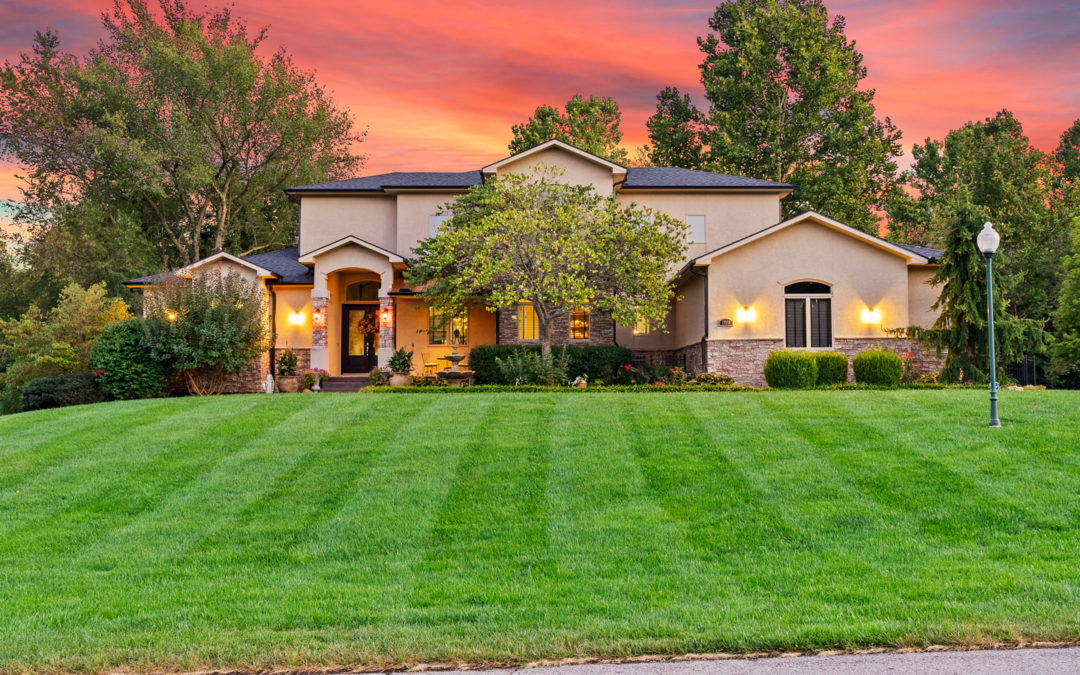When there is work that needs to be done on the exterior of your house, there are generally two competing options: to repair or ro replace, that is the question. And there are many good reasons to repair a part of the house if possible: it’s generally cheaper; it’s better for the environment; and it will usually retain more of the original character of the house.
However, there will be times when it becomes necessary to replace elements like siding and roof guttering, and it’s worth knowing when those times have come. Attempting a repair when the fault has gone too far will only result in unnecessary expense, and you’ll still need the replacement after all that fuss.
Below, we will look into some of the signs that it is time to replace your roof gutters. If these examples reflect your experience with your house, it is probably time to get some professional roofing experts on the case.
Cracks and splits in the guttering
When a crack becomes apparent in your gutters, you might be tempted to patch up and make do, but the truth of the matter is that you’ll only be buying yourself a limited period of time by doing so. It will always be an area of weakness, and any cracks or splits will just get worse as the gutter expands in warmer weather and contracts in the cold.
Peeling paint
Most guttering is made from galvanized steel, coated with thick, weather-proof paint to ensure longevity. When that paint starts to peel, you can paint over it, but be aware that the seal has been breached and that water will have got through to the steel. If there is also visible rust, it is absolutely time to replace those gutters.
Sagging gutters
If your gutters have begun to pull away from the side of your roof, then it’s a matter of time before they start doing harm in a wider sense. Sagging gutters will pull at the roof itself, meaning that if they are left simply in their current state they will damage the roof and need the assistance of residential roofing contractors for a bigger job. Keep the repair costs low by getting the gutters replaced before they become such a big problem.
Water damage around gutters
It is a good idea to look at the areas of the wall behind and beneath your gutters. If they have been overflowing and dumping water out before it gets to the downspout, then there will usually be discoloration in said areas, and potentially damage done to the brickwork or mortar on the wall. This will only get worse with the existing guttering in place.
Check the ground for unexplained fittings
If the ground underneath your guttering has screws, nails or other loose fittings that you can’t immediately explain, then there is a better than decent chance that these have been worked loose from the guttering higher up. If the guttering is shedding nails and screws, then it is going to be exerting an ever-stronger pull on the wall into which it is fitted. This will cause long-term damage, and the guttering needs to be redone.
Cracks in walls near the foundation
As we’ve already noted a few times, gutters that aren’t working effectively will overflow and dump water out before it gets to the outflow pipe. Some of this water will fall to the ground directly around the house. One effect of this is to weaken the foundations, and before long you are liable to see cracks appearing in the walls and foundation damage. The long-term impact of this kind of damage is deeply concerning, so it is important to ensure it doesn’t go further.
Mildew markings
If you follow the path of your home’s downspout, you will eventually find that it terminates approximately six feet away from the edge of the house. This is for a reason – the water that it is draining off needs to be taken away from the foundations – if it falls directly within that catchment area, it will simply accumulate around the foundations and create rot in the home. If you spot newly-growing mildew anywhere indoors around the point where the walls meet the ground, then the cause needs to be addressed by residential or commercial roofing experts who can address the issue of drainage from your gutters.
Minor issues with your gutters, from blockage to misalignment, can often be repaired quickly and effectively. But the more extensive they become, the more damage they can do – and it’s often the best bet to seek a simple replacement.


Recent Comments